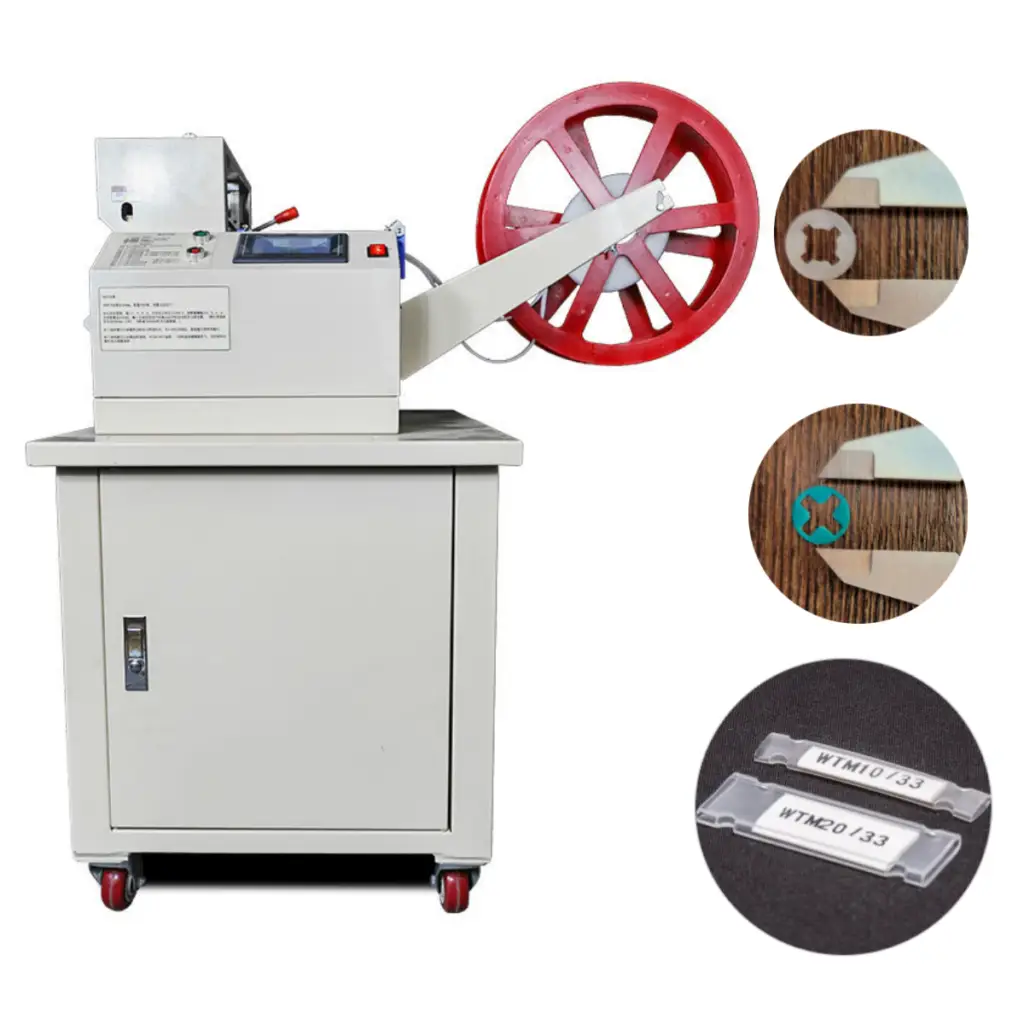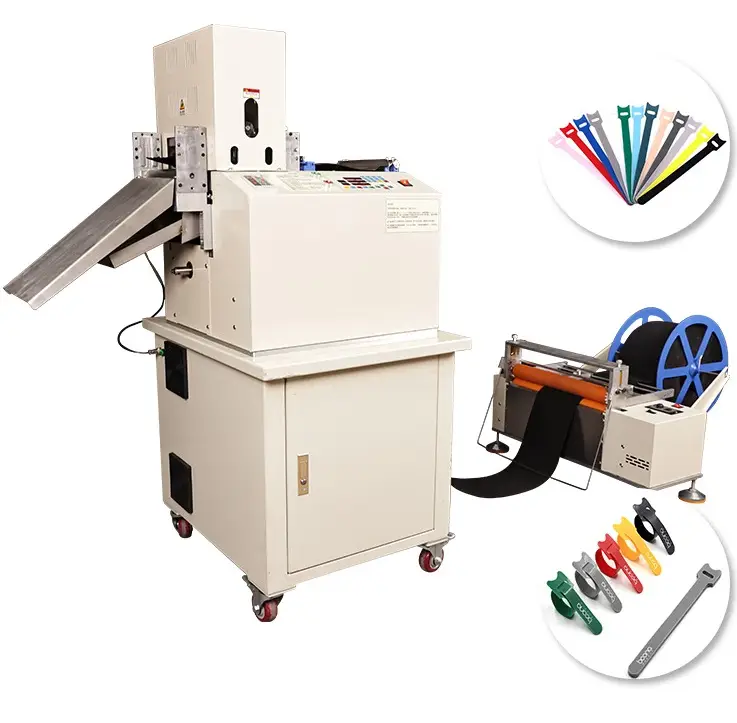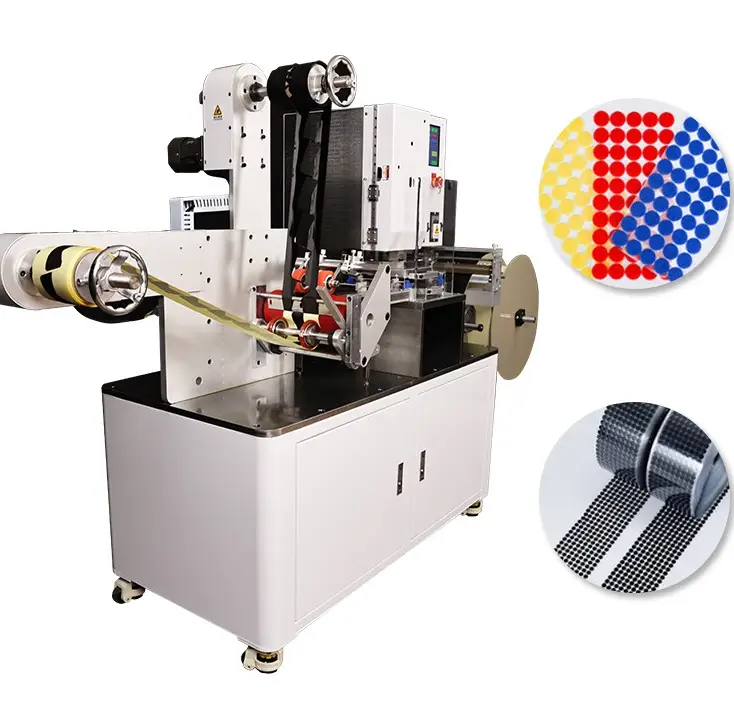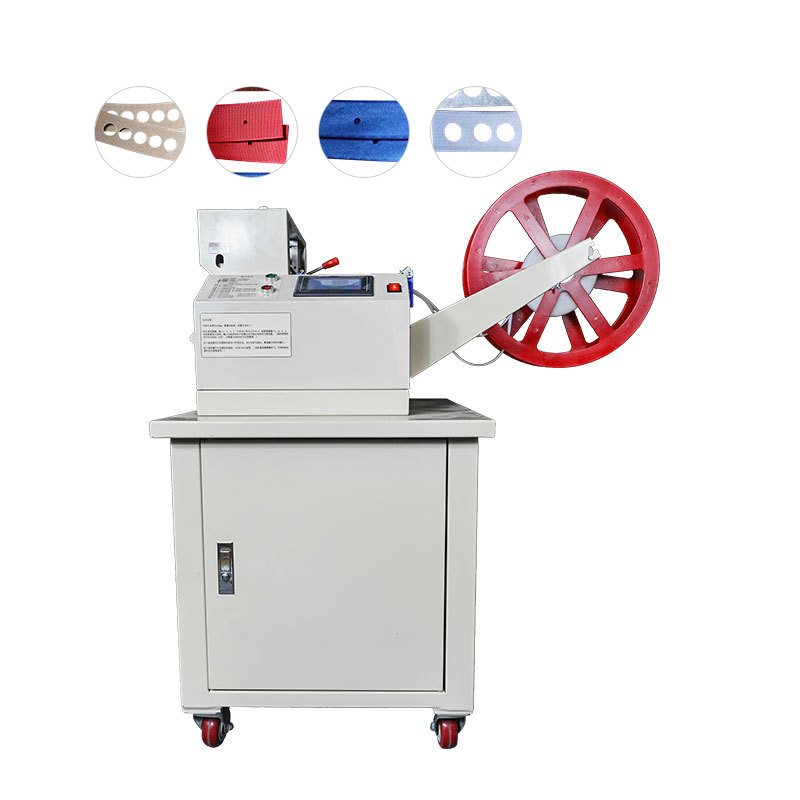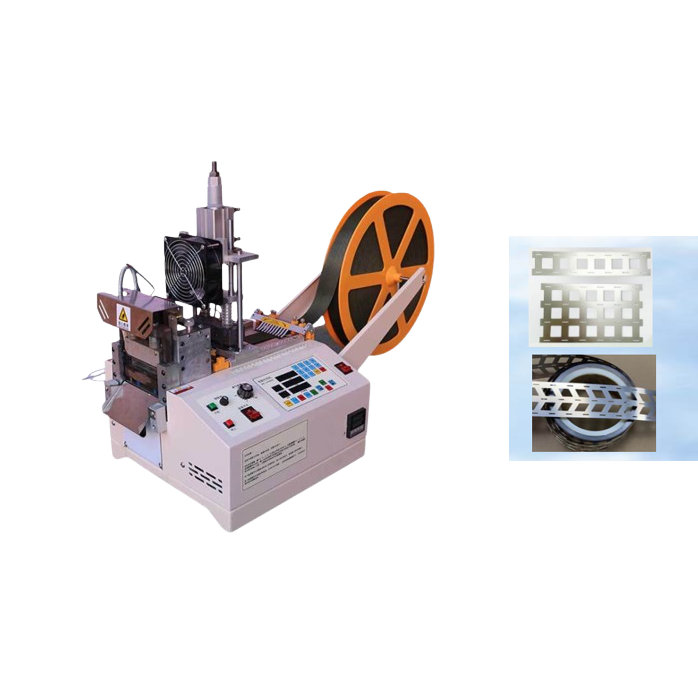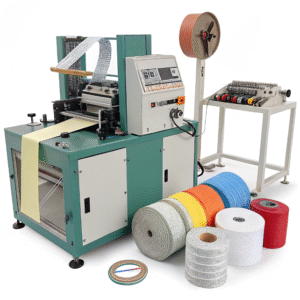How to handle waste and offcuts from Velcro cutting processes?
[^1] in factory Velcro offcuts in factory setting representing textile waste](https://hxcuttingmachine.com/wp-content/uploads/2025/06/Title-1-Velcro-waste-and-offcuts-in-manufacturing-workshop.png)
I used to watch piles of Velcro offcuts stack up in the workshop. It felt like throwing money in the trash.
Velcro waste, often made of recyclable nylon or polyester, can be reused or processed through proper channels. With sorting and planning, it turns from trash into opportunity.
To reduce Velcro cutting waste, implement optimized design strategies that maximize material use and minimize offcuts. Prioritize remanufacturing and upcycling by repurposing scraps for new products or higher-value applications. Explore recycling options1 based on Velcro composition, or downcycle if full recycling isn’t viable. When waste is unavoidable, ensure environmentally compliant disposal. Additionally, maintain Velcro longevity with regular cleaning using brushes, tweezers, or lint rollers. These sustainable practices not only cut costs but also support eco-friendly manufacturing
Let me walk you through how we at Suzhou Haoxinhe handle this issue—and how you can too.
Is Velcro waste recyclable or reusable?
Velcro offcuts pile up fast. They clutter your floor and burn your budget.
Yes, Velcro waste is typically recyclable or reusable. It just depends on the material type, how you manage it, and your access to reuse or recycling programs.

Dive deeper: Why Velcro waste can be recycled or reused
Let’s break this down. Velcro is mainly made from thermoplastics like nylon or polyester. These synthetic materials don’t degrade naturally, but they can be melted down and reused in manufacturing new fibers or parts. Velcro Companies even launched an “Eco Collection” made of up to 40% recycled content.
So, how can you turn this idea into practice?
Step 1: Sort and clean
- Separate the hook and loop parts.
- Clean off any glue, dirt, or dust.
- At Suzhou Haoxinhe Electrical Equipment Co., Ltd., we recommend collecting offcuts directly at the cutting station using bins to keep waste sorted.
Step 2: Reuse internally
- If you’re a manufacturer, consider reusing short cutoffs for bundling straps or internal mock-ups.
- Sample pieces or test runs can also use these materials.
- Our webbing tape cutting machines can be customized to optimize shape, thickness, and dimensions—making reprocessing easier later.
Step 3: Industrial recycling
- Many recycling plants accept sorted nylon or polyester scraps.
- They melt and remold the materials into granules for products like carpet backing or acoustic insulation.
- Velcro Companies even partners with Cyclyx to boost recycling rates of plastic Velcro waste2.
- Choose recycling hubs close to your facility to lower transport emissions.
Step 4: Explore market recovery channels
- If you’re located in Europe or North America, many local industrial recyclers handle nylon and PET.
- Label your bags with plastic codes and weight to improve acceptance.
- Build long-term partnerships with recyclers for bulk pickup programs.
Step 5: Use eco-friendly Velcro3
- We at Suzhou Haoxinhe help clients switch to Velcro made with 30–40% recycled content.
- We can provide machines like the hot and cold cutting machine or protective foam cutting machine optimized for these sustainable materials.
- Eco-grade Velcro is easier to sort, and less energy is used during its life cycle.
Summary Table:
| Method | Benefits | Notes |
|---|---|---|
| Sorting & Recycling | Lower disposal costs | Needs basic cleaning & logistics |
| In-house Reuse | Reduces new material needs | Requires inventory planning |
| External Recycling | Supports circular economy | Verify supplier certification |
| Eco Material Option | Strong branding + eco value | Slightly higher upfront costs |
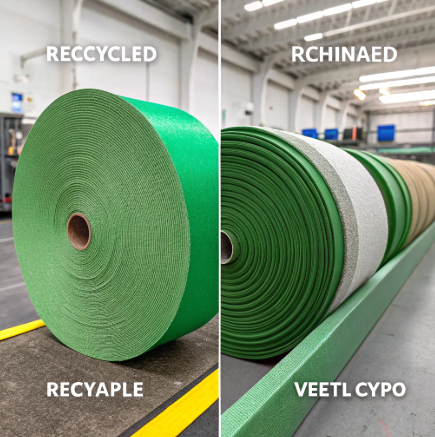
Conclusion
Velcro offcuts don’t have to be waste. With the right steps, you can reduce cost, waste, and your environmental footprint.
Industry Insight: Turning Velcro Offcuts into Competitive Advantage
Having worked with textile and fastening manufacturers for two decades, I’ve seen waste management evolve from an afterthought to a strategic differentiator. Velcro offcuts—once tossed aside as unavoidable scrap—are now viewed as a hidden resource.
What most don’t realize is that hook-and-loop materials are thermoplastic-based, which means they’re inherently recyclable if sorted properly. At facilities like Suzhou Haoxinhe, we’ve helped clients retrofit their production lines with modular waste separation bins directly at the cutting stations. This small change alone can reduce labor costs by 15–20% on cleanup while ensuring offcuts remain uncontaminated and usable.
What’s more, our customizable tape cutting machines allow clients to reuse these offcuts for in-house product mockups, bundling ties, or even limited production runs. This isn’t just about sustainability—it’s about operational efficiency.
Lastly, the growth of eco-focused buyer demand, especially in EU and North American markets, makes waste recovery a branding tool. A simple switch to eco-grade Velcro, backed by transparent recycling partnerships, can open doors to larger, more eco-conscious contracts.
Bottom line: Waste isn’t waste until it’s wasted. With the right processes and partnerships, Velcro offcuts become a profit lever—not just a cost sink.
Suzhou Haoxinhe Electrical Equipment Co., Ltd. is committed to helping manufacturers improve waste management in Velcro and webbing production. Our webbing tape cutting machine, bubble wrap cutting machine, and PVC edge banding cutting machine support sustainable workflows with customizable, high-quality design and compatibility with recycled Velcro materials. Let us help you turn waste into value.
Discover various recycling options for Velcro materials and how they contribute to sustainability in manufacturing. ↩
Explore this link to understand the recycling potential of Velcro waste and how it can be repurposed effectively. ↩
Learn about eco-friendly Velcro, its benefits, and how it supports sustainable practices in the textile industry. ↩
